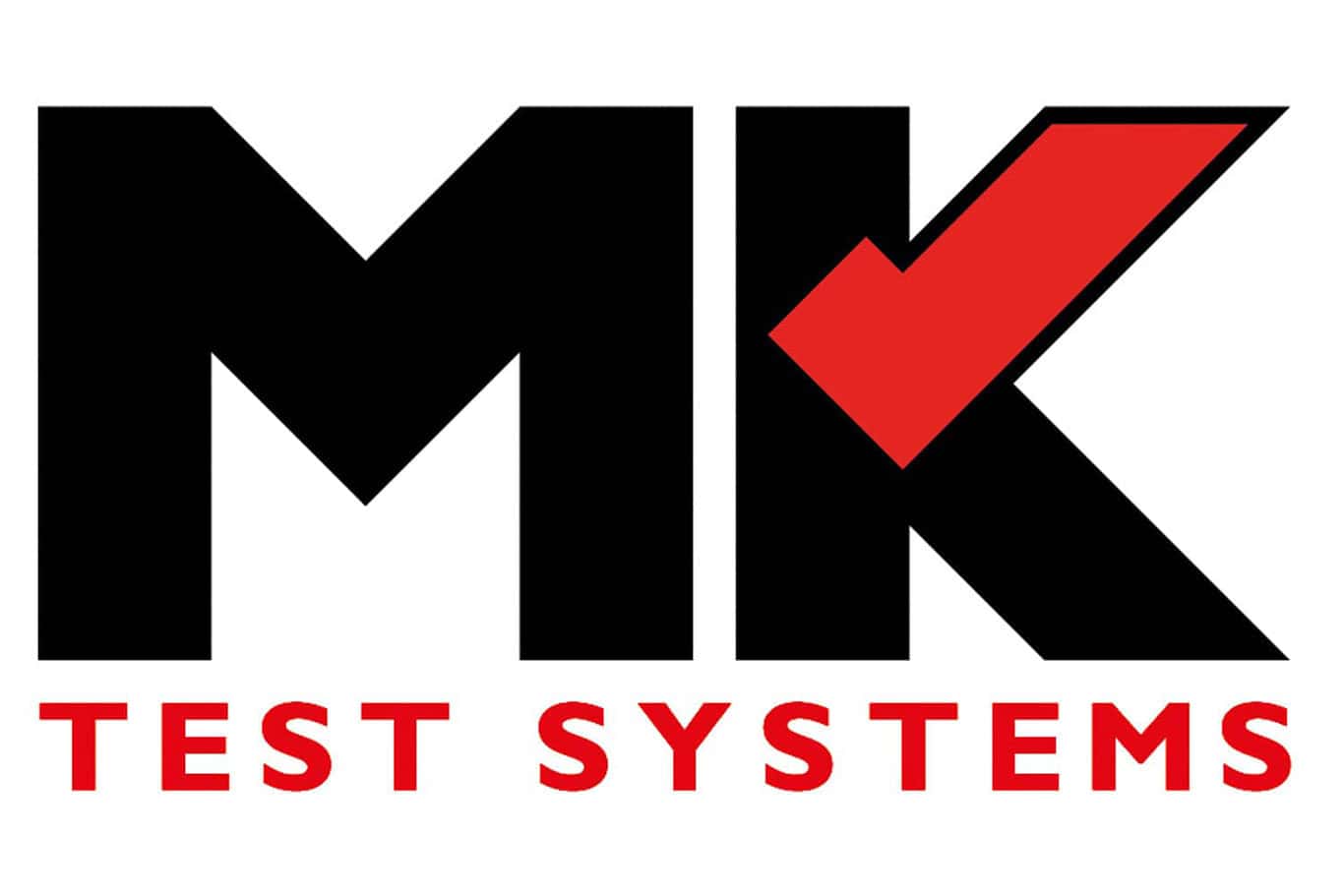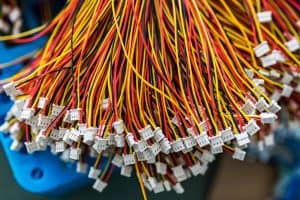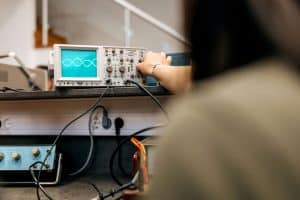ExLRT Resources
Brochures
Manuals
Certificates and Declarations of Conformity
ExLRT FAQs
Although both products use the same MK52 couplers, it is not possible to use a BLRT loop or joint cable on an ExLRT or vice versa. Although the cables look the same, the connectors are different which means they can only be used for the specific product they’re designed for.
Clamps are mechanical items which use a physical pressure to pass electrical signal into the UUT (like two wires soldered together). Clamps are therefore used for DC bond testing – we use 1A, 10A and 150A bond clamps.
Couplers magnetically transfer an electrical AC signal into the UUT. They’re used for AC non-intrusive testing of loops and joints because they can pass the current across air gaps. We use MK52 couplers for these measurements and tests. The commonly used i400 clamps are actually couplers, which is confusing!
Simply put, ExLRT Record Mode means you no longer have to manually enter data into a laptop, PC or paper task card when taking measurements.
Operators can measure, review and save data directly in the tool, then update to a PC. For more information, you can download the guide here or read this blog article.
You can send the cable and couplers back to us for repair. To arrange this, please submit a support ticket on the service page and one of our team will be in touch.
Identifying the right tool for aircraft OEM (Original Equipment Manufacturer) bond and loop testing requirements can be complex.
As an MRO, your first point of call should be the AMM (maintenance manual). However, some OEMs are more prescriptive than others. And with a broad range of similar tools available on the marketing all claiming to comply with OEM requirements, how do you know for sure which tool is right?
MK’s range of bond testing tools are the BLTU4, BLRT and ExLRT. These are often mentioned alongside the legacy industry tool, the LRT. To help differentiate between all the tools, we’ve explained which one is recommended for each original equipment manufacturer:
Airbus
All loop resistance testing on Airbus aircraft must be carried out at 1KHz, so the BLTU4 is the right tool. Airbus do not require joint testing, only loop and bond. We can support with proving equivalency to Airbus for using the BLTU4 within your operation – get in touch with us for details.
Boeing
All loop resistance testing on Boeing aircraft must be carried out using 200Hz. In addition to loop resistance testing, Boeing also demand specific joint tests, variance tests and stray current tests – the BLRT is the recommended tool for this.
Both the BLRT and ExLRT are approved for use by Boeing. What’s the difference between the two? The ExLRT is certified as Intrinsically Safe and is therefore the best tool for MROs working on fueled aircraft. However, the BLRT is the tool which has full bond, loop and joint capabilities.
Depending on your requirements and working environment, either of these tools may be suitable for you. They’re both lighter and smaller than the legacy LRT, and can be operated by a single person.
To learn more about the differences between BLRT and the ExLRT, read this article.
Bombardier
Bombardier are aligned with the Airbus specification of 1000Hz, so we therefore recommend the BLTU4.
COMAC
COMAC have specified the use of the BLTU4 tool in the AMM for ARJ21 aircraft models.
Embraer
Embraer follow Boeing in terms of frequency and types of test required, so the BLRT or ExLRT would be the most suitable tools.
Summary
Visit the dedicated product pages for BLRT, BLTU4 and ExLRT to learn more about each of our bond and loop testing tools. To learn more about the differences between our tools and the legacy Boeing-approved LRT, visit our blog and filter by ExLRT.
We have a detailed blog article answering this question here.
We have a detailed blog article answering this question here.





